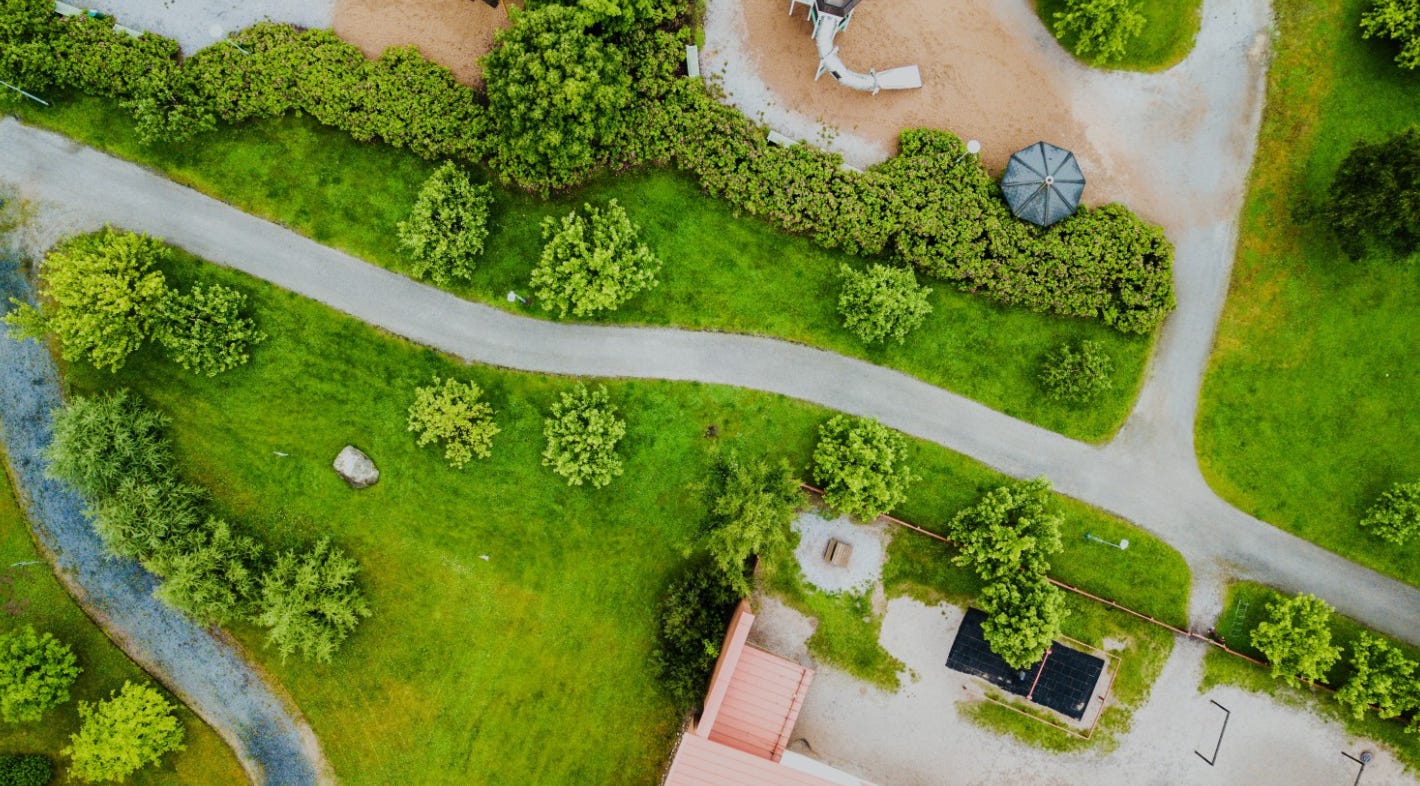Fresh stories: Preserving Spatial Memories & 12 more

May 18, 2023 Edition
Curated by Konveio
In this week’s newsletter, you’ll uncover new insights on why we should kick our car centric designs, how commercial entities can make transportation change difficult, and learn how Washington was able to create successful pedestrian centered design.
Don’t hesitate to reach out with recommendations, we’re always looking for your input!

Lauren Sibley
EngagingCities Editor
Featured Story

Preserving Spatial Memories
Why should urban planners work to preserve spatial memories? Societies around the world place importance on different landmarks and spaces, and with the rapid pace of urban development we are losing some of these important features of cities. Urban planners are in a unique position to preserve these landmarks, historic buildings, and facilitate the design of public spaces. By considering spatial memories urban planners are given the opportunity to create places where these memories can be made. — Shared by Emre Elmas
Amplifying Progress
EngagingCities shares stories by our network of community builders that collaboratively plan for a brighter, cleaner, and more equitable tomorrow.
Featured stories from the last two weeks:
🔥 Hot Takes

🎤 Kick the Auto Addiction
As America works to improve our faltering public transit, a common, recurring problem is the lack of support from major employers. Pressure needs to be added on these facilities to stop focusing on car centric design, and provide employees with the option to use public transit.
— Shared by Nicholas Bloom
🎤 America's Top Main Streets - What does it take to become one of America's top downtowns?
— Shared by Debbie Jones
🎤 Storytelling, Urban Design, and Saving a City - Encouraging cities to embrace their history and create unique urban design.
— Shared by John Paget
🎤 Cars, a Barrier to Healthcare - Why is car dependency making access to healthcare harder?
— Shared by Jerome Horne
📝 Insights

💡 Commercial Interests and their Impact on Transit
Cars are marketed as the ultimate expression of freedom. But we do not simply buy cars, we enter a car ecosystem. Our society has put cars before people. Lobbying for private cars and supportive infrastructure, have taken away chances for improved public and active transit. We need to be stricter with these commercial entities that push for things that benefit them. We need to advocate for what we, the public, want.
— Shared by Mark J. Nieuwenhuijsen
💡 The Challenges of Urban Equity - Support for community-based institutions that seek to address urban inequality.
— Shared by Devon Payne-Sturges
💡 Bad Manors - Why does our planning prioritize urban sprawl?
— Shared by Gerhard Mayer
💡 Urban Trees - Nature based solutions can help bridge the gap of health equality and climate justice.
— Shared by Katie Skibinski
🥳 Success Stories

✅ People Centered Design
Creating people centered design, required many parts. Not only do we need to design Transit Oriented Developments, but we need the infrastructure to support it. Dedicated bike lanes, nearby stores, and well designed sidewalks will all contribute to creating and promoting more active transit opportunities.
— Shared by Jason Denoncourt
✅ Community Architecture - Basing urban design around the pedestrian experience.
— Shared by Garrett Hoskins
✅ Unique Public Transit - Innovative and climate-friendly transit option for India.
— Shared by Amit Garg
✅ Prioritizing Sustainable Transit - Priority for pedestrians, bicycle users and public transport.
— Shared by Felipe Ramírez Buitrago
🗓 Upcoming Events Mark your calendars
Citizen Engagement Webinar 5/25 - Shared by Maarit Kahila
Do you have interesting resources, events, etc. to share?
Send us your tips to hello@engagingcities.com




